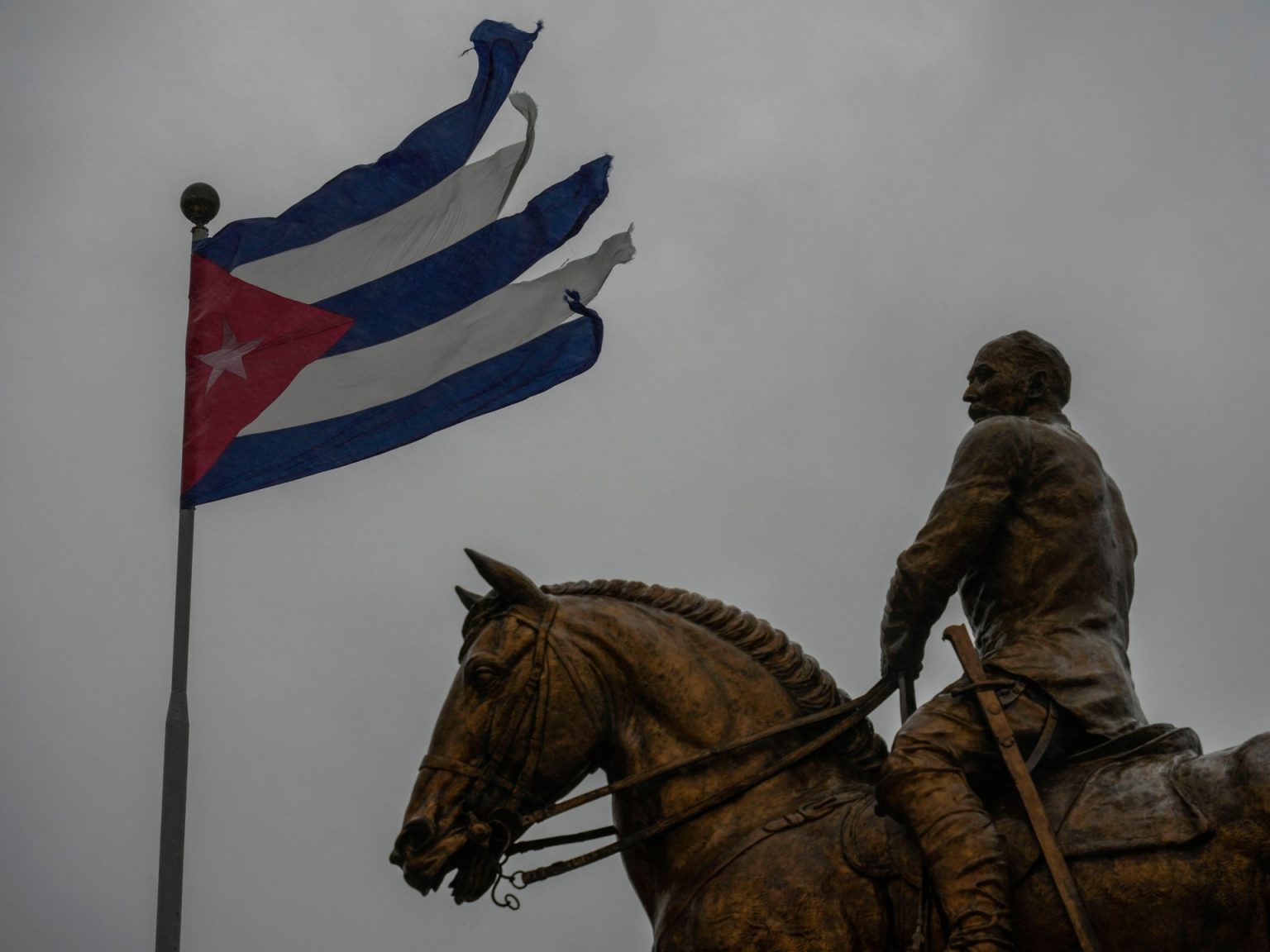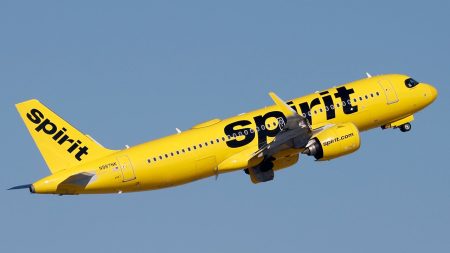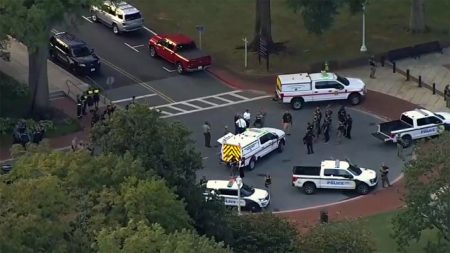Less than a month after Hurricane Milton struck Cuba, the country was hit by another powerful storm, Hurricane Rafael. Rafael made landfall as a Category 3 hurricane and moved across the western province of Artemisa with winds reaching 185 kilometers per hour. By Wednesday evening, the storm had weakened to a Category 2 as it crossed back into the Gulf of Mexico with sustained winds of 168km/h. The storm’s trajectory was uncertain, but it was expected to continue moving northwest towards either the United States or Mexico. The Cuban government promised aid to the affected areas, with President Miguel Diaz-Canel pledging to assess the damage and lead recovery efforts.
President Diaz-Canel reported major damage in Artemisa, Mayabeque, and Havana due to Hurricane Rafael. The storm caused a blackout in Cuba, adding to the challenges the country was already facing after a power plant failure earlier in October. Hurricane Milton, which hit the island before Rafael, intensified to a Category 5 storm at a rapid pace. The Atlantic hurricane season, which typically runs from June to November, has seen record storm activity in the past two months, with Rafael being the fifth major hurricane in the Atlantic to reach Category 3 or higher this year.
The Cuban government mobilized resources for recovery efforts following Hurricane Rafael, with President Diaz-Canel promising to visit the affected provinces and assess the damage firsthand. The rapid succession of powerful hurricanes in Cuba has highlighted the country’s vulnerability to frequent and intense storms during the Atlantic hurricane season. As Rafael continued to weaken and move towards the United States or Mexico, the Cuban government prepared for potential impacts in other regions while focusing on immediate relief and recovery efforts in the affected areas.
Despite the challenges posed by Hurricane Rafael and the previous storms, the Cuban government remained committed to supporting those affected and ensuring a swift recovery process. The government’s response to the hurricanes underscored the importance of disaster preparedness and response in a region prone to frequent and severe storms. As the Atlantic hurricane season continued, authorities in Cuba and other countries in the region were on high alert, monitoring storm developments and taking necessary precautions to mitigate the impact of future storms.
The aftermath of Hurricane Milton and Hurricane Rafael in Cuba served as a reminder of the destructive power of hurricanes and the importance of resilience in the face of natural disasters. The Cuban people and government worked together to overcome the challenges posed by the storms, demonstrating solidarity and determination in the midst of adversity. While the recovery process was expected to be challenging, the Cuban government’s swift response and commitment to assisting those in need were crucial in ensuring that affected communities received the support they needed to rebuild and recover from the devastation caused by the hurricanes.
As Hurricane Rafael continued on its path towards the United States or Mexico, the Cuban government remained vigilant and prepared for potential impacts in the region. The government’s proactive approach to disaster response and recovery efforts reflected a commitment to protecting the safety and well-being of its citizens in the face of natural disasters. Despite the challenges posed by the succession of powerful storms, the Cuban people and government remained resilient, united, and determined to rebuild and recover from the devastation left in the wake of Hurricane Rafael and previous hurricanes that had struck the island.













